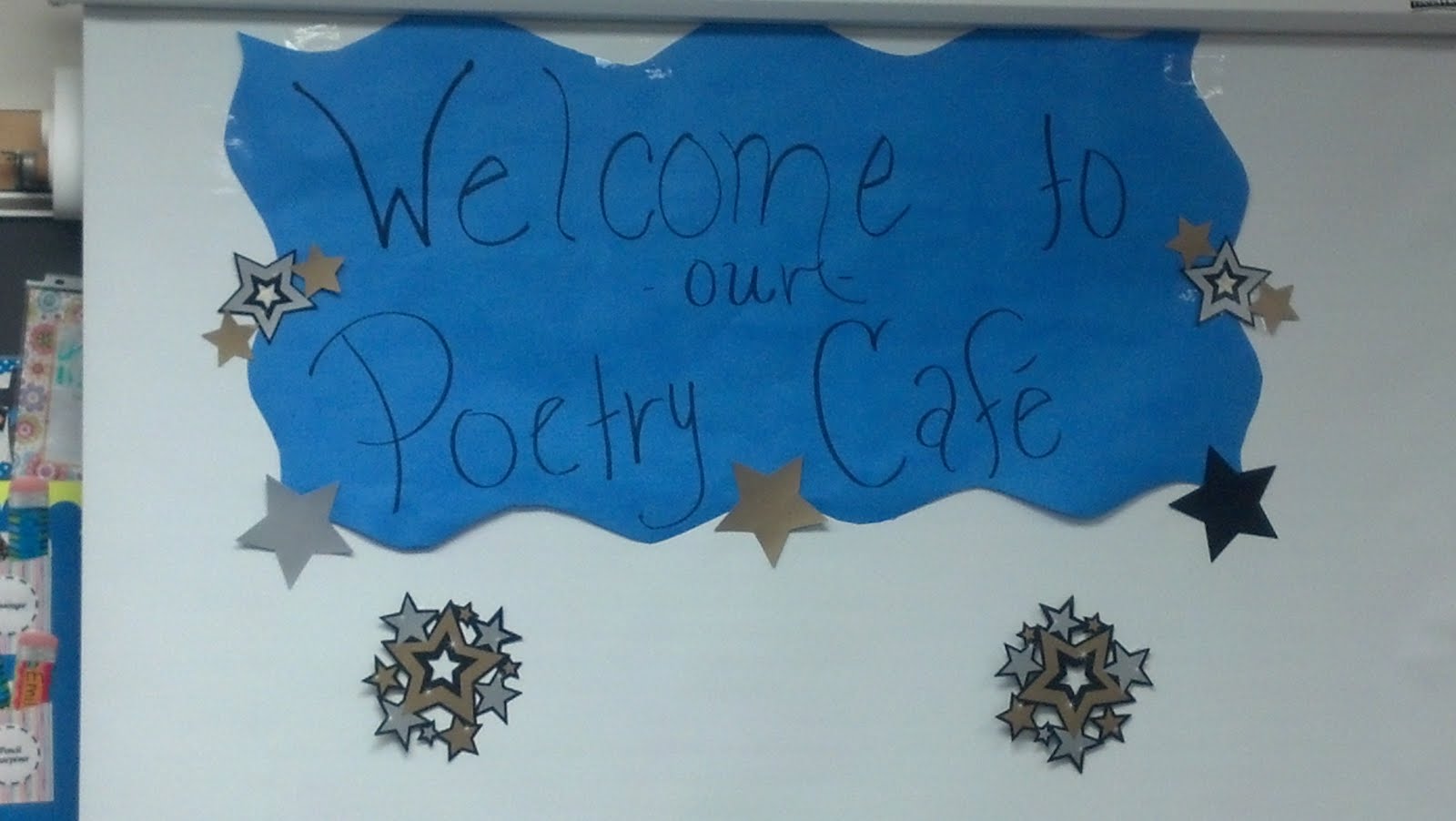I love sharing this fact with children. Imagine, when you are reading a poem, the first stanza is like walking through the door into the entrance of the house. What room do you go into next? (For me, it's the kitchen.)
Each stanza of the poem is like its own room, with details to observe.
I use Newbery winner Elizabeth Coatsworth's poem, "Swift Things Are Beautiful," to practice stanzas with young writers. The structure of writing about opposites makes it easy for them to separate their ideas. My thanks to fellow Maryland State Arts Council teaching poet Roseann Singer for this lesson.
We start by generating a HUGE list of opposites on the board. Every year, students surprise me and come up with some new pairs. You can see that there's room for many different interpretations with this poem.
Gabe's response picks up on the description of the Coatsworth poem to create some powerful images:
Poet: Gabe M.
Grade: 3
Teacher: Pruitt
Air and Under
In the air is thunder,
and a soaring sparrow.
In the sky it’s a nightmare,
but to a flying falcon,
it’s an electric light show.
Under the air is the
tortoise, large and trembling through.
Then there is an iguana in the iceless
blue. But in that sea where none can be
there is a mystery, that of the sea.
The following poet was listening carefully to the model poem, playing with Coatsworth's final line to create a beautiful final image:
Grade: 3
Teacher: Pruitt
Small Things are Beautiful
Small things are beautiful:
rabbits and mice,
seeds and particles
that are very still.
Big things are beautiful:
trees and mansions
graceful elephants
and eagles that
glide through winds of power.
Daniel came up with a new topic -- cats and mice. He could have written simply about the differences between these two animals, but Daniel adds an element of action that takes this poem beyond "opposites," adding action and mystery.
Poet: Daniel W.
Grade: 3
Teacher: Hilliard
The Cat Gets the Mouse
The cat gets the mouse.
The cat is sly, quick, brave, and
very, very sneaky!
Can he catch the mouse?
The mouse escapes!
Mice are fast, hyper and
surprising.
Though he is small, he is able to go
very, very fast!
Can the mouse escape?
As a follow up to this lesson, I recommend that teachers share poet Donald Hall's wonderful picture book, I Am the Dog, I Am the Cat, with students. It models use of voice, as well as reinforcing the idea of opposites.
More opposites tomorrow, including a leather-wearing "Extreme" and his opposite, an educational-television obsessed "Boring."
Many thanks to the Northfield community, especially the third grade poets, for sharing their writing.





2 comments:
Thanks for sharing this approach - and for sharing these wonderful poems! Fine work from young writers who obviously embraced this lesson.
Thanks for visiting, Robyn. The students are very enthusiastic -- I attribute a lot of their embracing energy to a great team of teachers who join in the fun, writing with us and participating in the poetry discussion.
Post a Comment